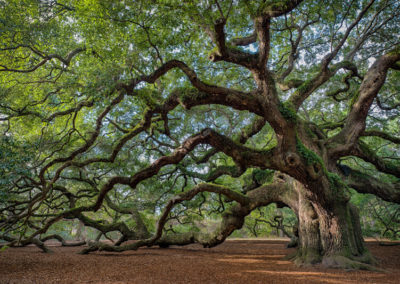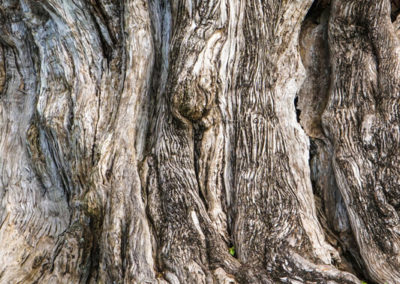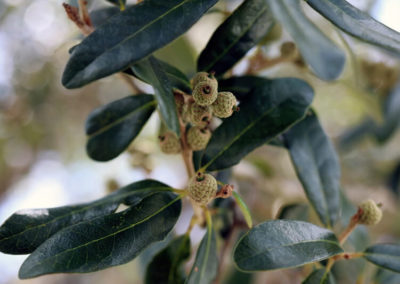
Live Oak

Pollen Type: Tree
Cross-Reactivity: Other Oaks
HS Allergy Extract: Oak Mix (RVW)
Family: Fagaceae
Genus/Species: Quercus virginiana Mill
Common Names: Virgnia Live Oak, Southern Live Oak, Southeastern Live Oak
Distribution: Southern United States & Utah.
Locations: Live Oaks are extremely tolerant and can adapt to almost any type of soil and drought conditions. They are often planted as a street tree in temperate climates; they cannot survive freezing temperatures.
Pollination Method: Wind-pollinated, cross-pollinated (seeds)
Pollinating Period: Spring
Description: Live Oak is an evergreen oak native to the southern United States. It’s called “live” oak because it remains green and “live” throughout the winter when other oaks are dormant and leafless. It grows 40’-80’ and spreads 60’-100’ at maturity. Branches form close to the ground and limbs grow near the ground before rising upwards. Its oval-shaped leaves, usually unlobed, are dark green and glossy on the top, and white and hairy on the underside. Its flowers are small and brown. Oblong-shaped acorns form in the late summer or early fall at the tips of the branches, either alone or in clusters. The green acorns turn to a shiny dark brown color when mature. Live Oak acorns are sweet to the taste and are eaten by birds and mammals.
Photo Gallery:





